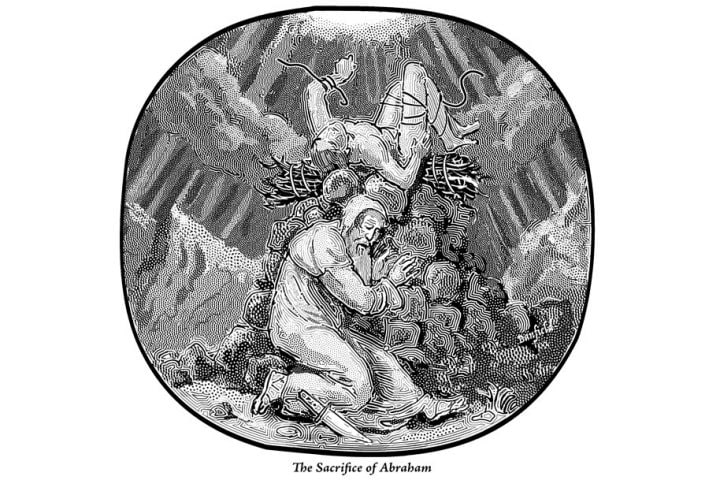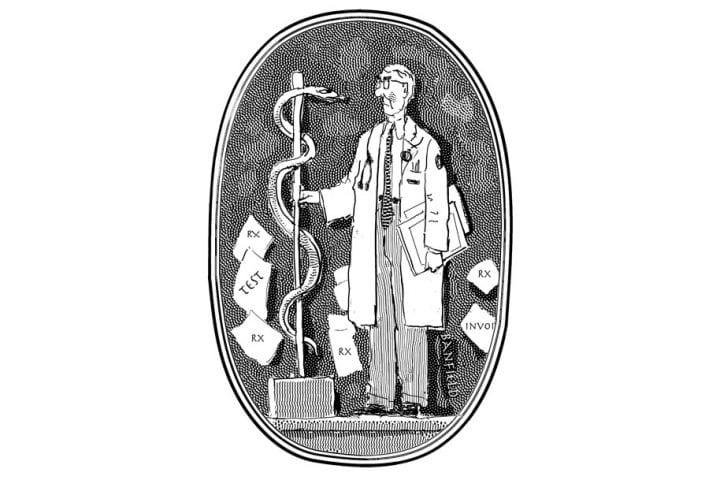Books Reviewed
Thirty years ago Eric Foner secured his reputation as one of America’s foremost historians with the publication of Reconstruction: America’s Unfinished Revolution, 1863–1877. Comprehensive and dense, the book still stands as the best starting point for any inquiry into the period. Amid its maze of details, however, one can easily lose sight of Foner’s argument. Why did he deem Reconstruction a revolution, albeit an unfinished one?
Now Foner, the DeWitt Clinton Professor Emeritus of History at Columbia, has written The Second Founding to clarify his answer to this question. His new book focuses on the federal government’s attempt to define, extend, and enforce equal citizenship after the Civil War. It strips down the narrative, incorporates new scholarship, and provides a concise account of what went right and what went wrong during Reconstruction.
The pillars of Foner’s “second founding” are the 13th, 14th, and 15th Amendments, which he sees as remedying the defects of the first founding: no definition of citizenship, pervasive inequality in rights, restricted suffrage, pernicious federalism, and slavery. Although the coming of the Civil War showed that the Constitution “had palpably failed” and “ought to be replaced,” it could not be discarded due to Americans’ “Constitution-worship.” Hence in Foner’s telling the Reconstruction Republicans shrewdly cast off the first founding by using the amendment process to inscribe their revolutionary second founding into the Constitution. The withdrawal of the seceding states’ delegations from Congress—and the fortunes of war—would make passing these amendments much easier than it would normally have been.
* * *
Foner argues that the 13th Amendment, which abolished slavery, struck the first, long-needed blow against federalism, at least as he understands it and as Southern leaders at that time understood it. Providing Congress with enforcement power “sparked considerable alarm in the South,” he writes, because henceforth the national government, not state governments, could determine the meaning of freedom.
To counter this threat Southerners took advantage of a loophole in the new amendment, which prohibited involuntary servitude except for criminal conviction. Through the enactment of the infamous Black Codes, Southern states increased the number of crimes punishable by servitude, recreating slavery by another name and leaving a lasting legacy. Even today, forced labor by convicts is permissible on this constitutional basis, recognized by the Department of Justice as late as the 1980s.
The Southern states’ action prompted outraged Republicans to pass the Civil Rights Act of 1866, which was “the first law to declare who is a citizen of the United States and specify rights all citizens are to enjoy.” Foner points out that the Act did not merely restrict “state action,” but any public or private abridgment of civil rights.
In his discussion of the congressional debates over the 13th Amendment, Foner notes that Republican Representative John Bingham of Ohio believed “that the Constitution already contained the principle of equal rights regardless of race,” and that states had flouted it or honored it in the breach. Because he did not think the 13th Amendment went far enough in affirming the national government’s constitutional power to enforce equality, Bingham pushed for another amendment that would.
* * *
The 14th Amendment, which outlasted 70 proposed alternatives that had accumulated in Congress by the beginning of 1866, answered Bingham’s purpose, establishing equality before the law for all citizens. Both he and Senator Jacob Howard of Michigan repeatedly affirmed that the Constitution’s Privileges and Immunities Clause (Article IV, section 2)—which forbids a state from discriminating against citizens of another state—included all the rights and liberties found in the Bill of Rights. And because that Privileges and Immunities Clause was intended to incorporate the Bill of Rights, they argued, the 14th Amendment’s own Privileges or Immunities Clause might be considered a federal Bill of Rights leveled against state power.
According to the Reconstruction Act of 1867, former rebel states had to accept black suffrage and ratify the 14th Amendment in order to participate in the national government once again. Ratification by those Southern states, backed by black votes, provided crucial support that finally added the 14th Amendment to the Constitution.
To remedy the remaining disparity in black voting among the states, Congress proposed the 15th Amendment, which prohibited denying the right to vote to citizens based on race, color, or previous condition of servitude. It had the same loophole, however, as the 13th, allowing the vote to be denied to convicted criminals, which in turn tempted white Southerners to use criminal law and selective enforcement to push black Americans off the voting rolls.
Foner makes a strong case that the three Reconstruction amendments boosted the protection of individual rights at the expense of federalism: thenceforth, the national government’s protection of individuals’ right superseded states’ rights. Just compare the first clause of the Bill of Rights, “Congress shall make no law,” with the last sentence of the Reconstruction amendments, “Congress shall have power….”
* * *
Why then did Reconstruction fail? Violence alone, though terrible, did not doom it. The decisive factor was the perfidy of the courts.
Foner contrasts the jurisprudence of the Supreme Court Justices who unwound the amendments with the jurisprudence of a group of black professionals who called themselves the Brotherhood of Liberty. From Blyew v. United States (1872) through Giles v. Harris (1903), the Supreme Court steadily narrowed the meaning of national citizenship, restored the authority of states over individual rights, and avoided applying the amendments against discriminatory private action. Sometimes the courts openly showed whites how they could restrict the rights of black Americans guaranteed by the Reconstruction amendments, without exposing themselves to indictment. In Strauder v. West Virginia (1880) Justice William Strong “noted that a state could prescribe restrictive qualifications for jury service so long as they did not explicitly mention race.” In turn, Southern states repealed laws that overtly excluded blacks and then employed other means of emptying the Southern jury box of black Americans without mentioning race, a practice that lasted well into the 20th century.
Six years after the disastrous Civil Rights Cases (1883), which held that Congress could not outlaw racial discrimination by private individuals, the Brotherhood of Liberty published a “600-page treatise on law, history and philosophy” to vindicate the full range of public and private rights “that constituted the privileges and immunities of citizens of the United States.” Thanks to “the unconstitutional drift” of court opinions, those rights died a premature death in what attorney Thaddeus B. Wakeman characterized as the “grave of liberty, the Supreme Court of the United States.” The Court, Foner argues, not only laid down the foundation for segregation at home, but also the foundation for imperial rule of white over non-white races abroad by denying constitutional rights to residents of newly acquired territories in the Insular Cases of 1901.
* * *
Our nation has not yet recovered. In his Epilogue, Foner pleads with the Court to repair the damage its earlier opinions did to the Reconstruction amendments. He dismisses the Court’s reliance on the Commerce Clause to justify opinions favorable to individual rights as absurd. As Foner puts it, “Everyone knows that guaranteeing the free flow of goods was not the motivation of those who took to the streets to demand passage of the Civil Rights Act.” Despite his preference for seeing “possibilities” in the text of the Constitution, he unwittingly vindicates original intent jurisprudence. In fact, the whole book is a careful, persuasive demonstration of the liberating intentions of the framers of the Reconstruction amendments over against the wayward opinions of the Supreme Court in the late 19th century.
Ultimately, Eric Foner presents Reconstruction as the second founding because he has so little faith in the first. As with many progressive historians, his understanding of federalism, rights, and other constitutional principles has more in common with the Confederates than with what the founders themselves thought about them. Because of that, he is unable to see how the Reconstruction amendments were intended to complete the Revolution of ’76, as Michael Zuckert of Notre Dame, for example, has argued. Nevertheless, by laying bare these disagreements with impeccable research and clarity, Foner has admirably advanced the study of a turbulent time in our nation’s history, while pointing to where the debate must be joined in our own day.





